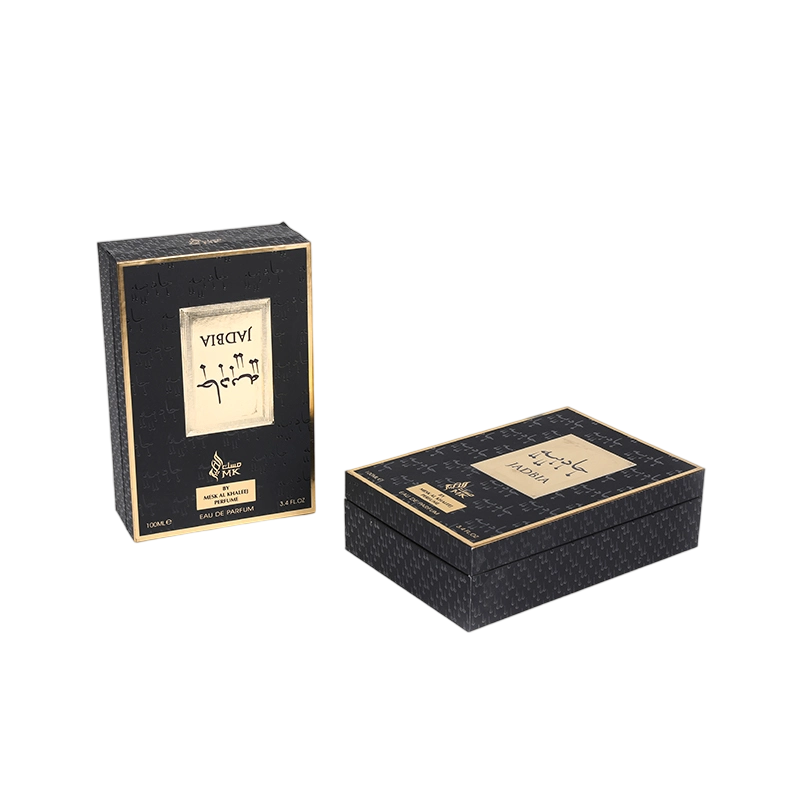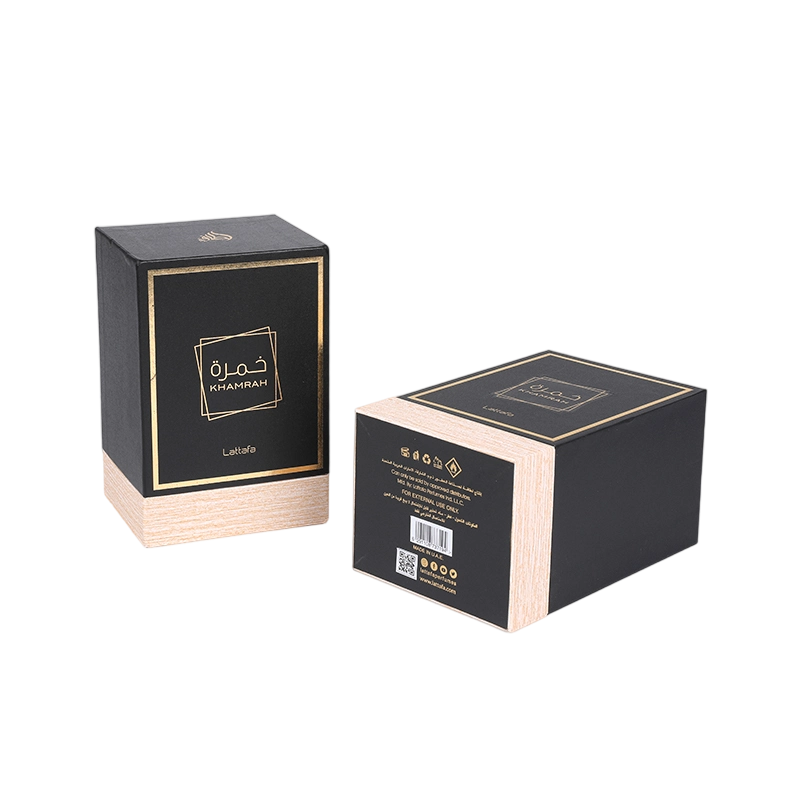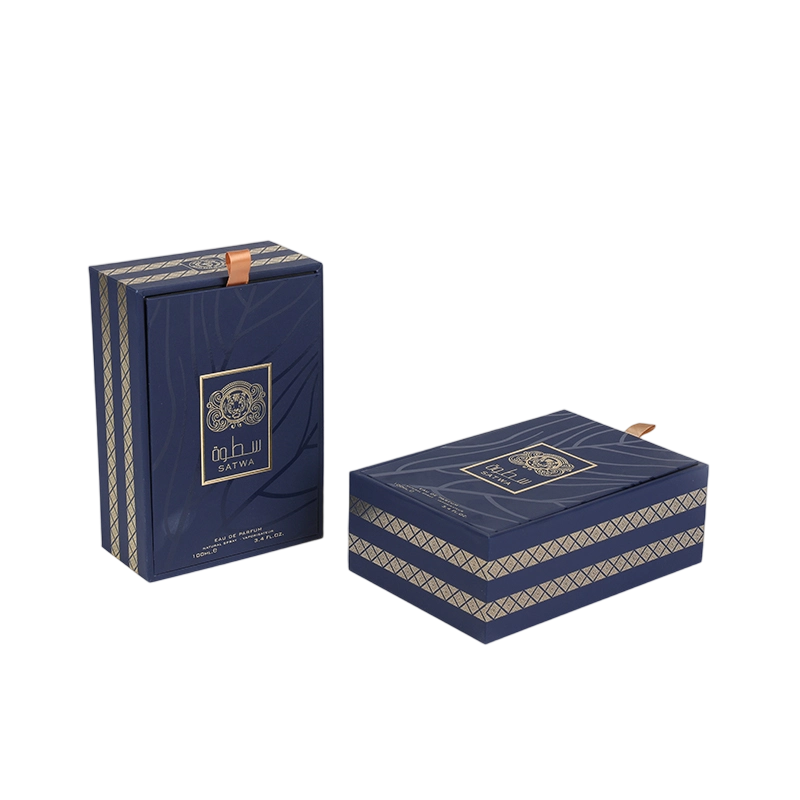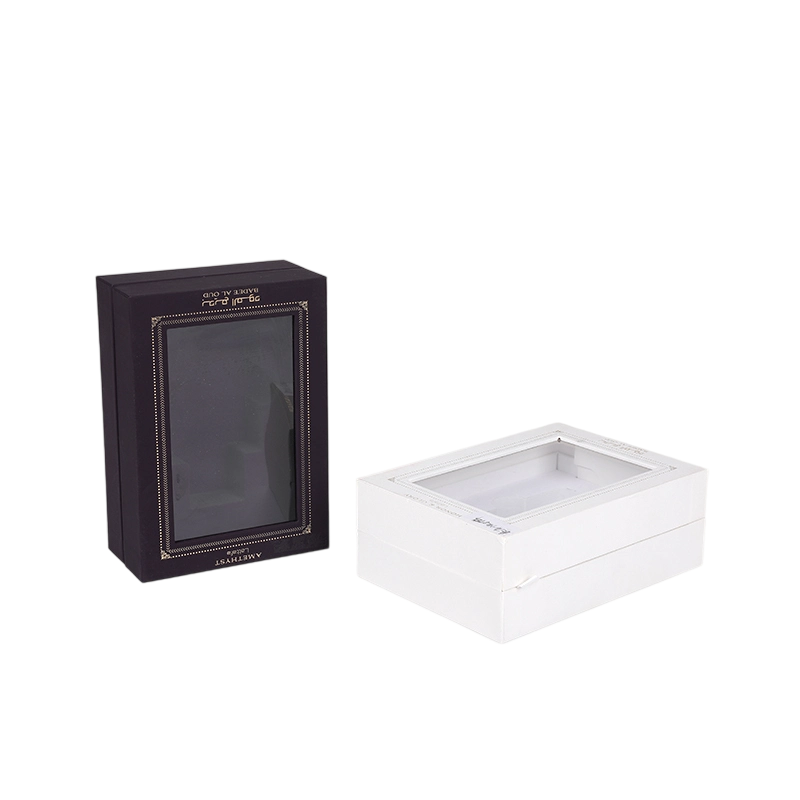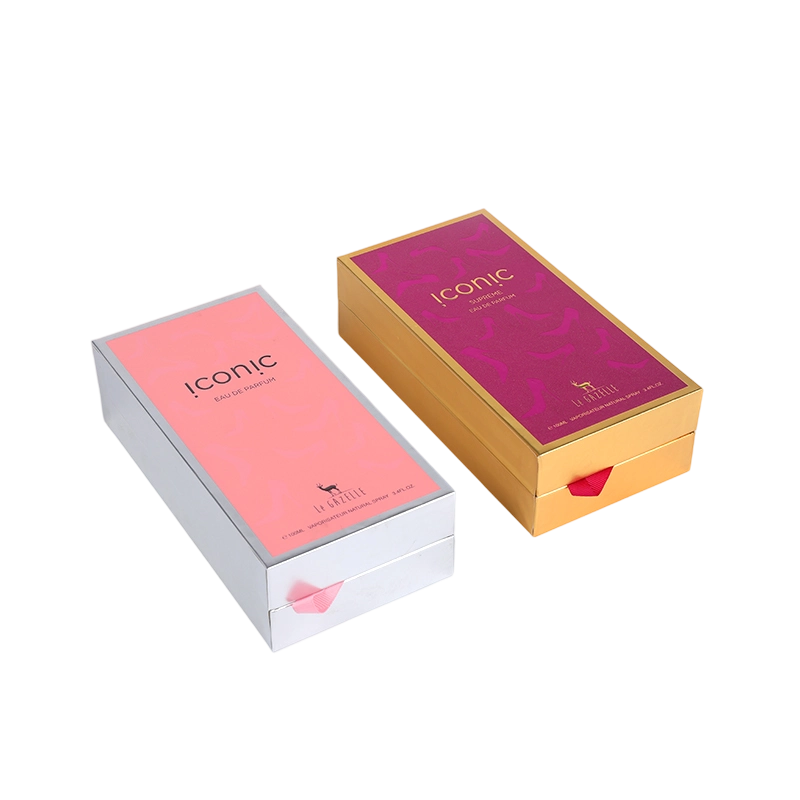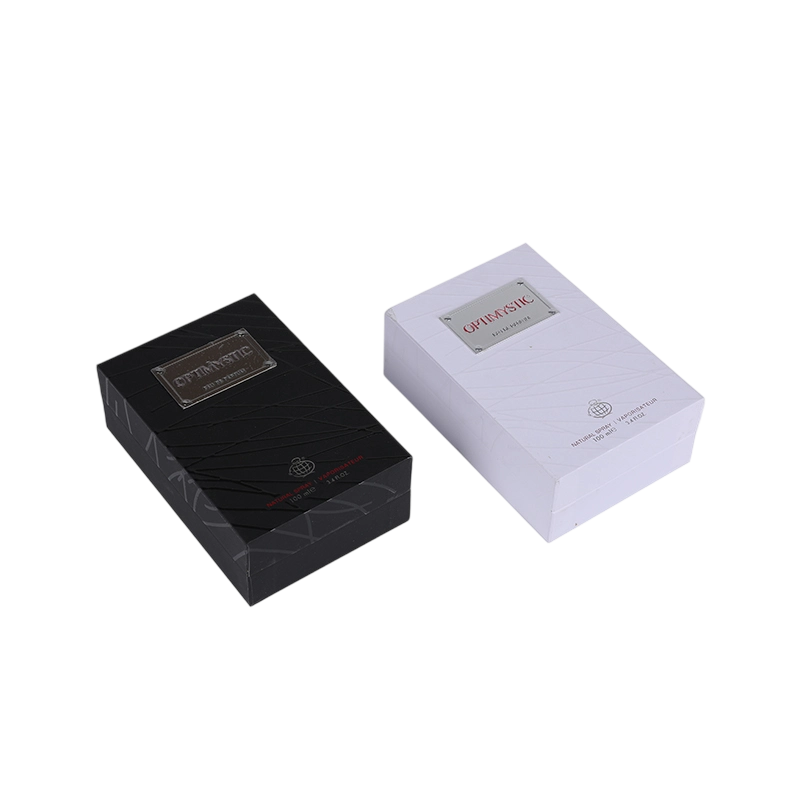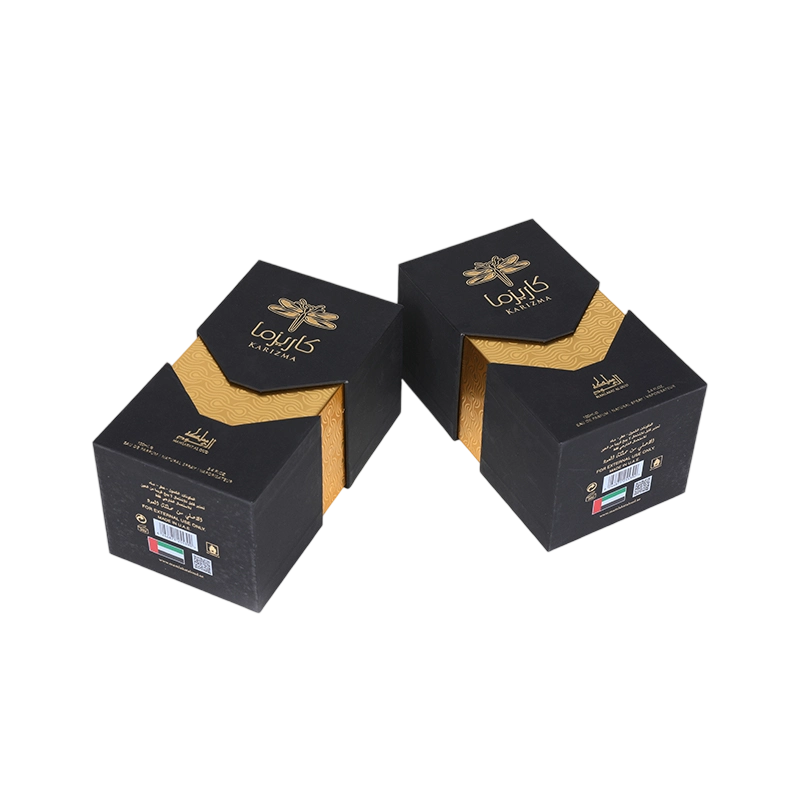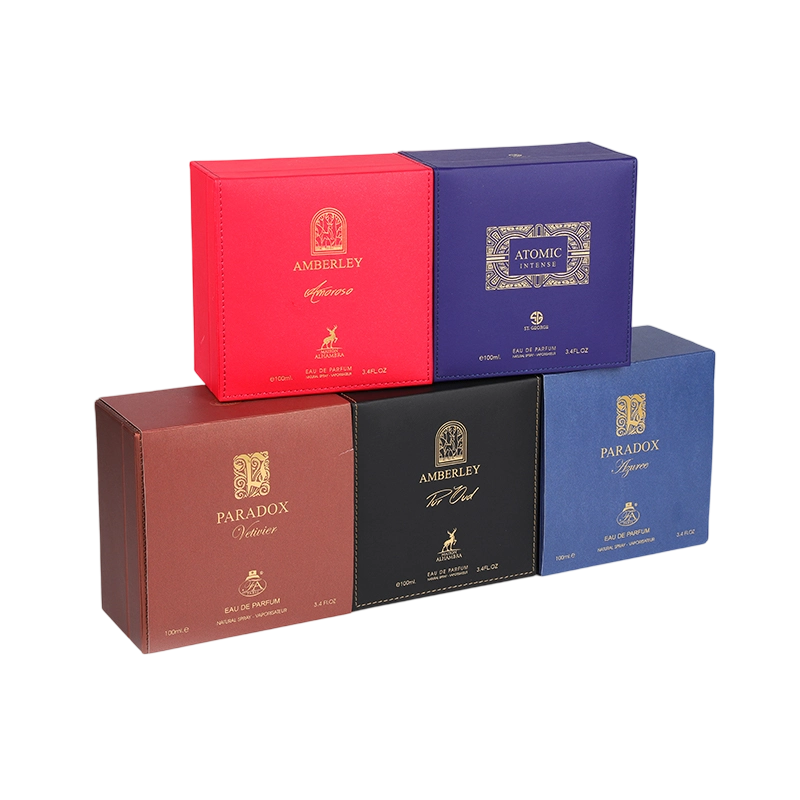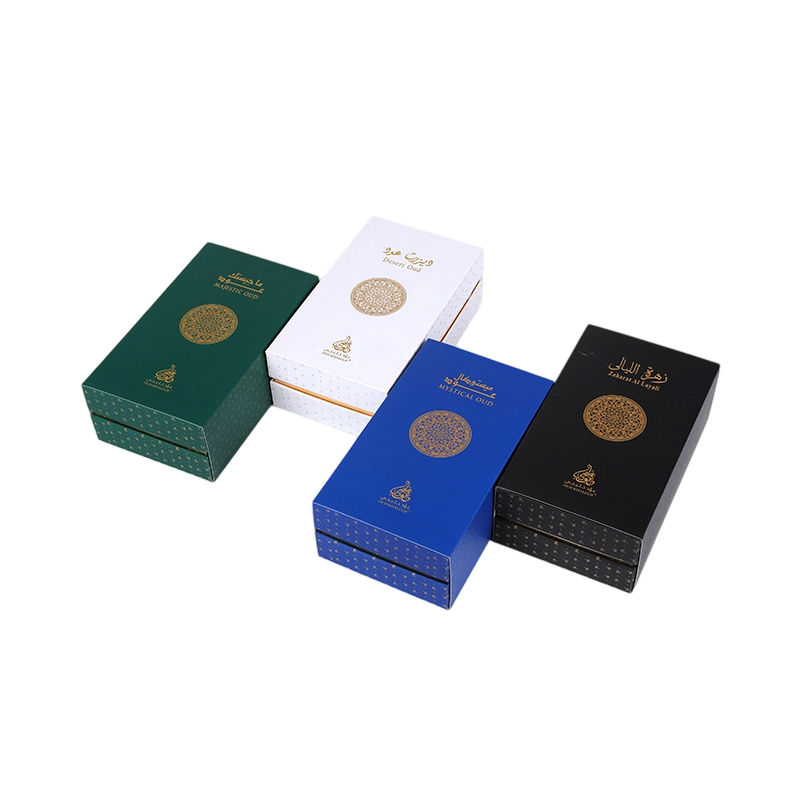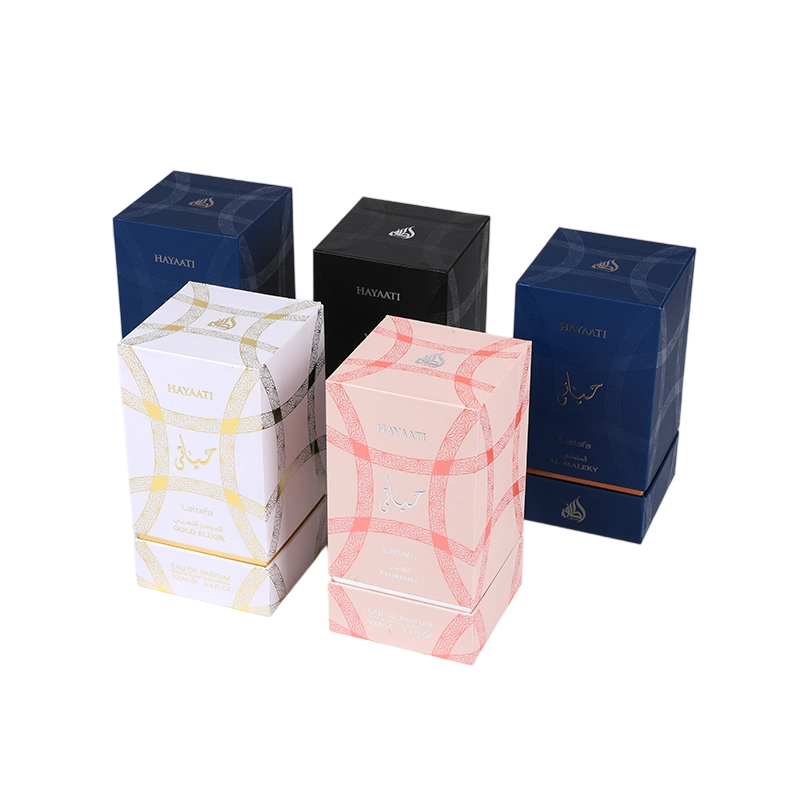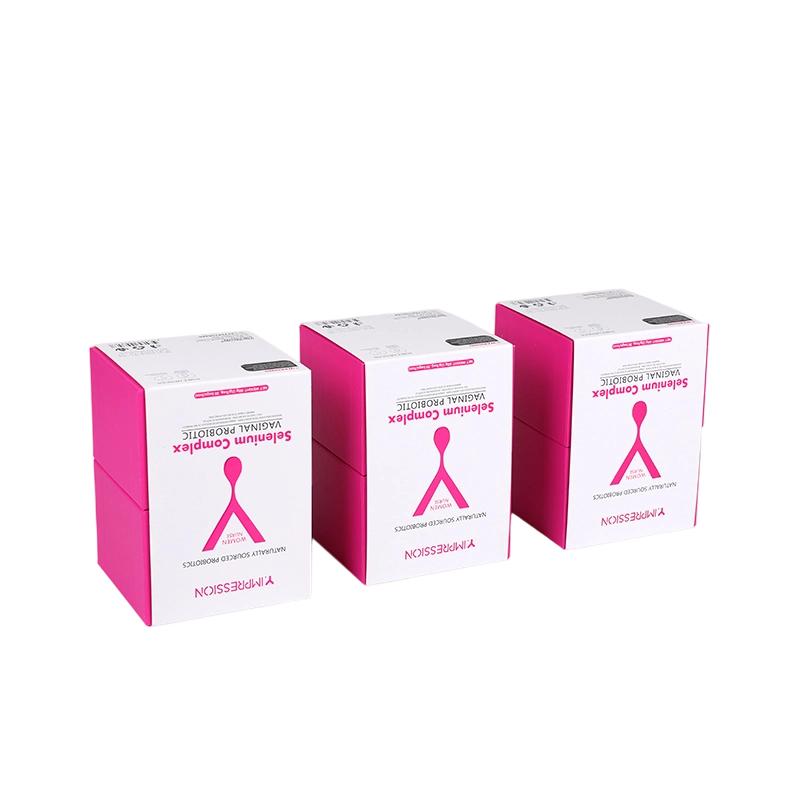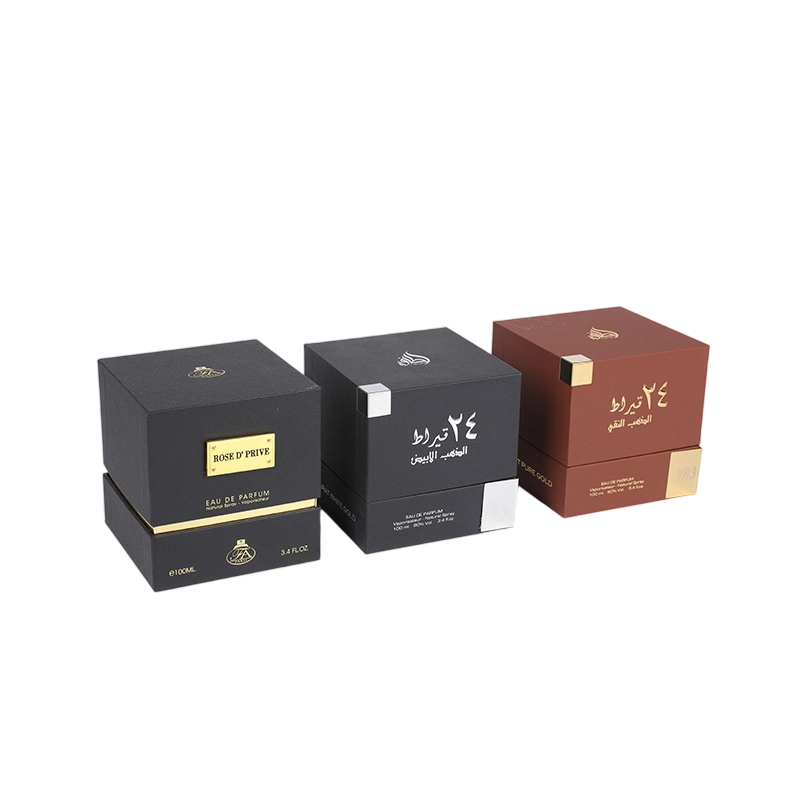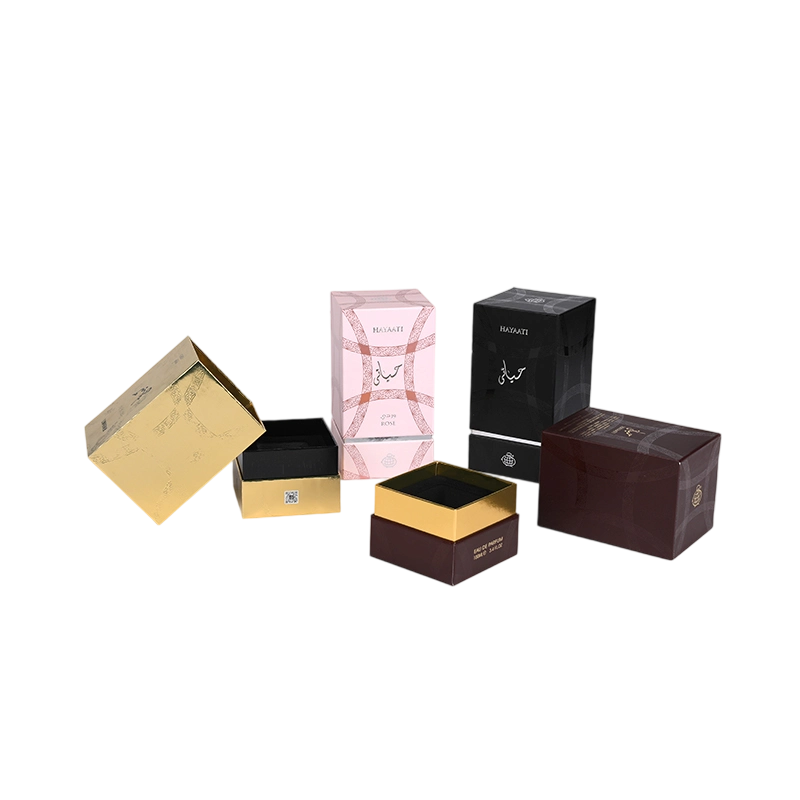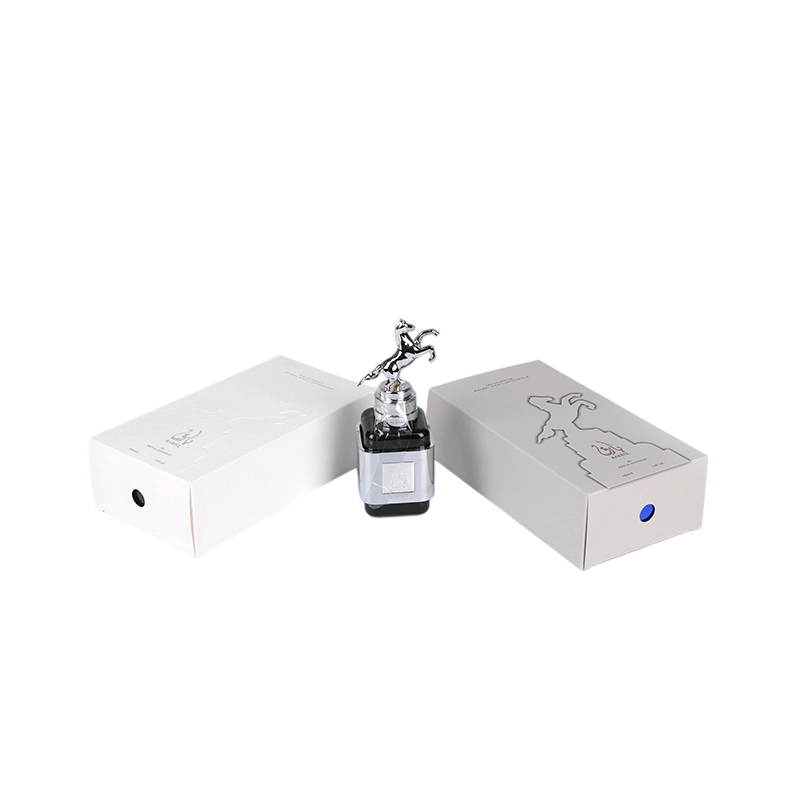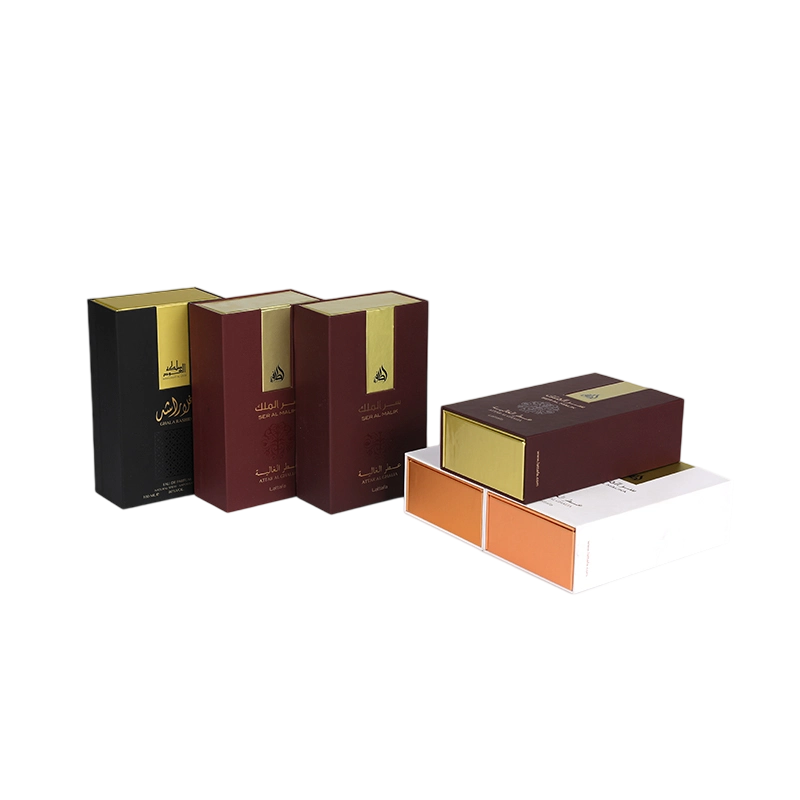With the improvement of consumers' environmental awareness and the promotion of green packaging policies in various countries, paper packaging is gradually replacing traditional plastic packaging and becoming an important choice in the field of food packaging. Among them, Paper Tuck End Box is widely used in food packaging due to its simple structure, easy molding, and no need for glue bonding, such as small packaged products such as biscuits, chocolates, candies, and baked goods.
However, in actual applications, how to achieve true environmental protection while ensuring the functionality of packaging is an important issue facing the industry. The following discusses how Paper Tuck End Box can effectively balance environmental protection in food packaging from aspects such as material selection, production process, recyclability and degradation performance.
1. Optimize environmentally friendly raw materials: lay the foundation for green packaging
Material is the core factor that determines whether packaging is environmentally friendly. Traditional tongue-type paper boxes mostly use white cardboard, coated paper or special food-grade paper, but if you want to achieve higher environmental standards, you should give priority to the following types of materials:
FSC certified paper: Use paperboard made from sustainable wood certified by the Forest Stewardship Council (FSC) to ensure that the raw materials are legally sourced and eco-friendly.
Recycled paper: Environmentally friendly paper made from recycled fibers reduces forest resource consumption and carbon emissions.
Food-grade safe paper: Paper boxes used for direct contact with food must comply with food safety standards (such as FDA, GB 4806), and avoid using products containing fluorescent agents, heavy metals or other harmful additives.
In addition, some companies have begun to try to use plant-based materials such as bagasse or bamboo fiber to make paper boxes to further improve renewability and biodegradability.
2. Simplified structural design: Reduce material waste and energy consumption
The Paper Tuck End Box itself has the advantages of simple structure and material saving, but under the concept of environmental protection, its green attributes can still be further improved through optimized design:
Lightweight design: Under the premise of meeting the strength and protection functions, by adjusting the paper weight and box structure, the amount of paper used is reduced, thereby reducing resource consumption.
Glue-free structure: Traditional paper boxes often rely on glue bonding, while the tongue-type paper box is fixed by plug-in, which not only improves production efficiency, but also avoids VOCs (volatile organic compounds) pollution that may be contained in the glue.
Die-cutting integrated molding: Using advanced die-cutting technology, the paper box can complete cutting and creasing in one processing, reduce the generation of scraps, and improve material utilization.
3. Use environmentally friendly printing and surface treatment technology
Printing inks and coatings are important links that affect the environmental performance of paper boxes. In food packaging, special attention should be paid to the following points:
Water-based or UV environmentally friendly inks: Compared with traditional solvent-based inks, water-based inks and UV-curing inks do not contain volatile toxic substances and are more suitable for food packaging.
Matt oil/low VOC oil: In order to improve the gloss and wear resistance of paper boxes, environmentally friendly water-based oil can be used to reduce the impact on the environment.
Edible grade coating: In some high-end food packaging, edible starch coating or PLA (polylactic acid) coating can be used, which is both beautiful and completely degradable.
4. Pay attention to recyclable and degradable performance
Environmentally friendly packaging should not only be "safe to use", but also "safe to throw away". Therefore, whether the Paper Tuck End Box is easy to recycle or naturally degrade after use is also an important indicator to measure its environmental friendliness:
Easy to separate and recycle: avoid compounding multiple non-recyclable materials (such as aluminum foil and plastic film) to facilitate entry into the waste paper recycling system.
Fast and natural degradation: select natural fiber materials to ensure that the paper box can be decomposed by microorganisms in the natural environment and will not cause "white pollution".
Guide consumers to dispose correctly: printing environmental protection logos or recycling instructions on the packaging will help improve the public's environmental awareness and participation.
In the field of food packaging, Paper Tuck End Box is becoming a new trend in green packaging with its structural advantages and environmental protection potential. Through scientific material selection, optimized design, environmentally friendly printing, recyclable and degradable means, it is possible to achieve "green packaging" in the true sense under the premise of ensuring food safety and transportation protection.
In the future, as consumers' awareness of environmentally friendly packaging continues to improve and policies and regulations continue to improve, tongue-type paper boxes will play an important role in more food packaging scenarios and help companies achieve sustainable development goals.

 English
English 中文简体
中文简体 عربى
عربى

